Intro
Among the oldest breeds native to Croatia, the Međimurski or Međimurje Horse is the result of cold-blooded stallions from Western Europe crossed with local mares with Anglo-Arabian characteristics.
Read more
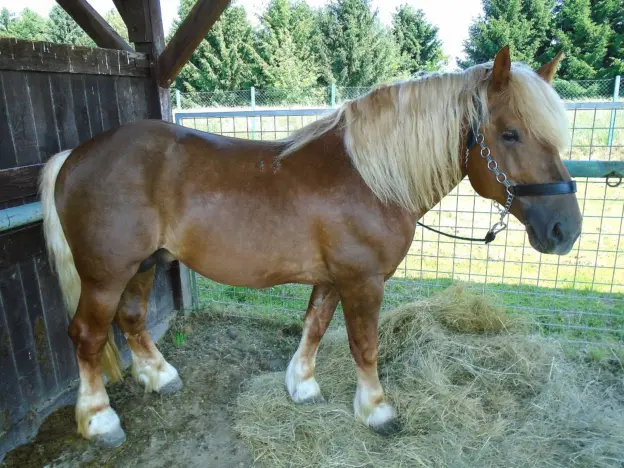
Among the oldest breeds native to Croatia, the Međimurski or Međimurje Horse is the result of cold-blooded stallions from Western Europe crossed with local mares with Anglo-Arabian characteristics.
Read more
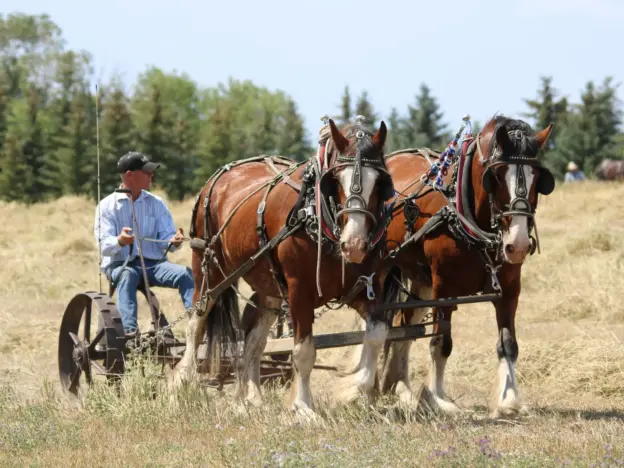
The Clydesdale is a heavy draft breed native to Scotland. At some point they made their way across the ocean and American breeders took notice of their handsome conformation and robust nature.
Read more
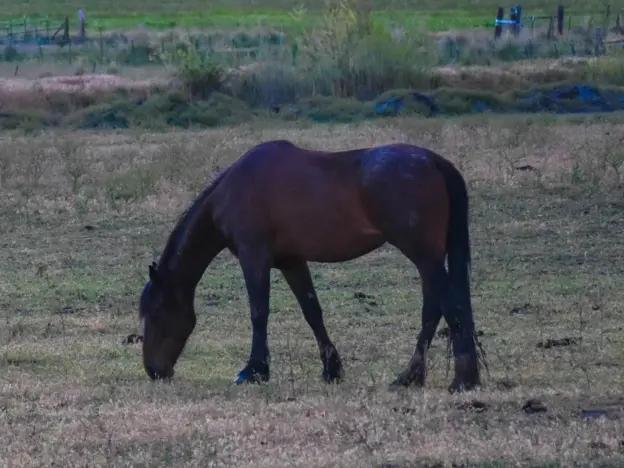
The Cleveland Bay is the oldest British breed of horse, named for the Cleveland area of England. While many of the horses imported to the US during colonization were Spanish, the English brought animals too.
Read more
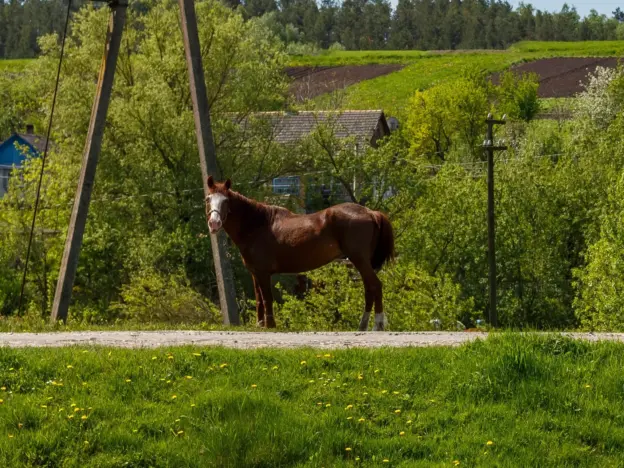
A variation of the Estonian Tori horse, the Torijska or Torian bred in Ukraine since the mid 20th century.
Read more
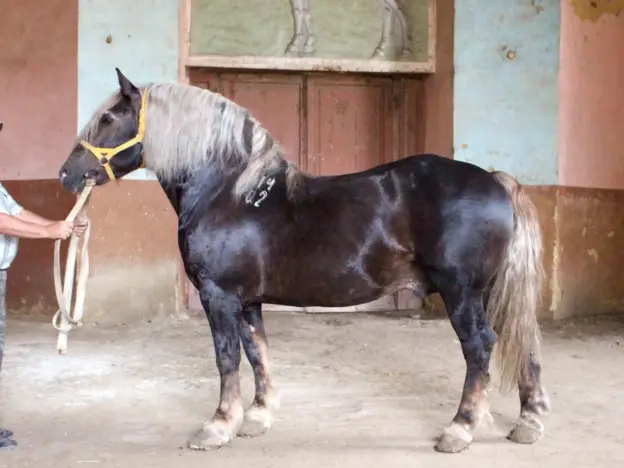
The New Olexandrian Draft is not particularly new anymore and come from a base of Western European cart horses crossed with local mares.
Read more
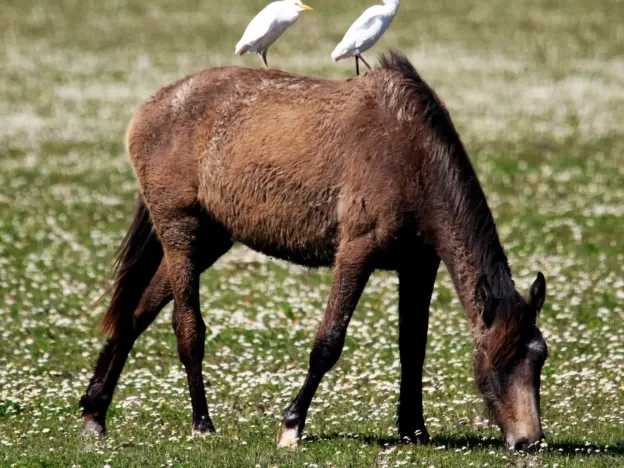
The Caballo de las Retuertas or Retuertas Horse comes from the Doñana marsh, where freshwater lagoons that form in the summer. These lagoons are collectively known as retuertas and where this breed gets its name.
Read more
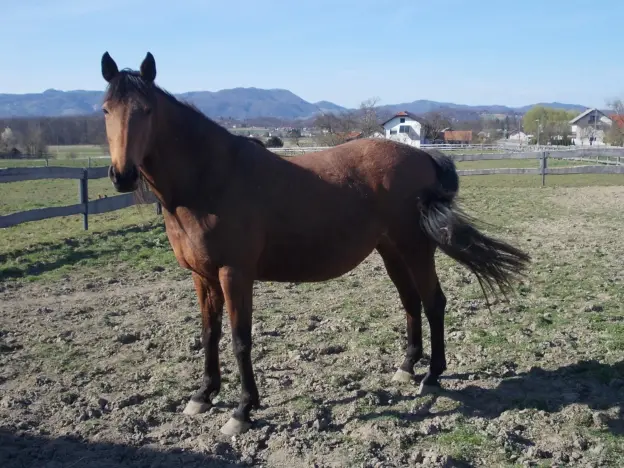
The Slovenski Toplokrvni Konj or Slovenian Warmblood Horse is a relatively recent breed, producing animals that are big and versatile specifically for equestrian sports.
Read more
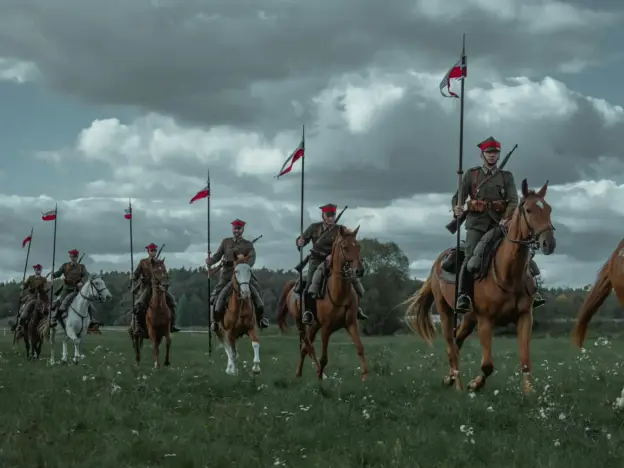
The Wielkopolski Old Type, Wilekopolski w Starym Typie, Poznan or Great Poland Horse is a light riding and driving horse that was created in the 19th century in Poland. In the beginning they were called the Poznan Horse, named for Great Poznan Country from which it comes.
Read more
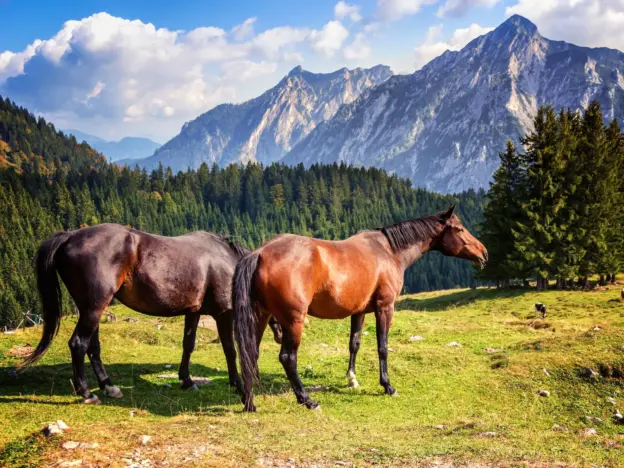
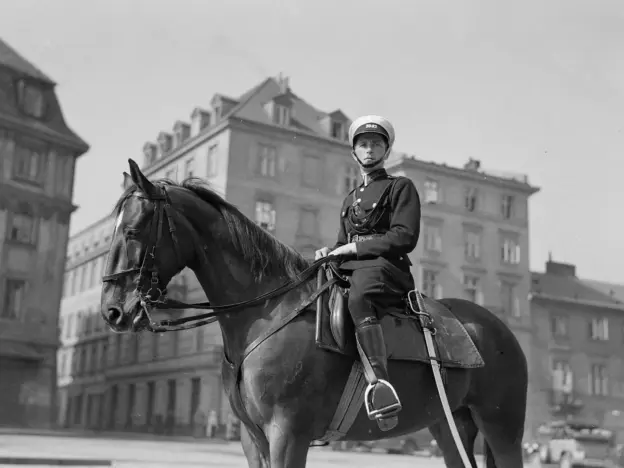
Also called Zwaar Warmbloed paard, the Dutch Heavy Warmblood is a robust riding type that is registered separately than the Dutch Riding Horse and their KWPN sport registries.
Read more